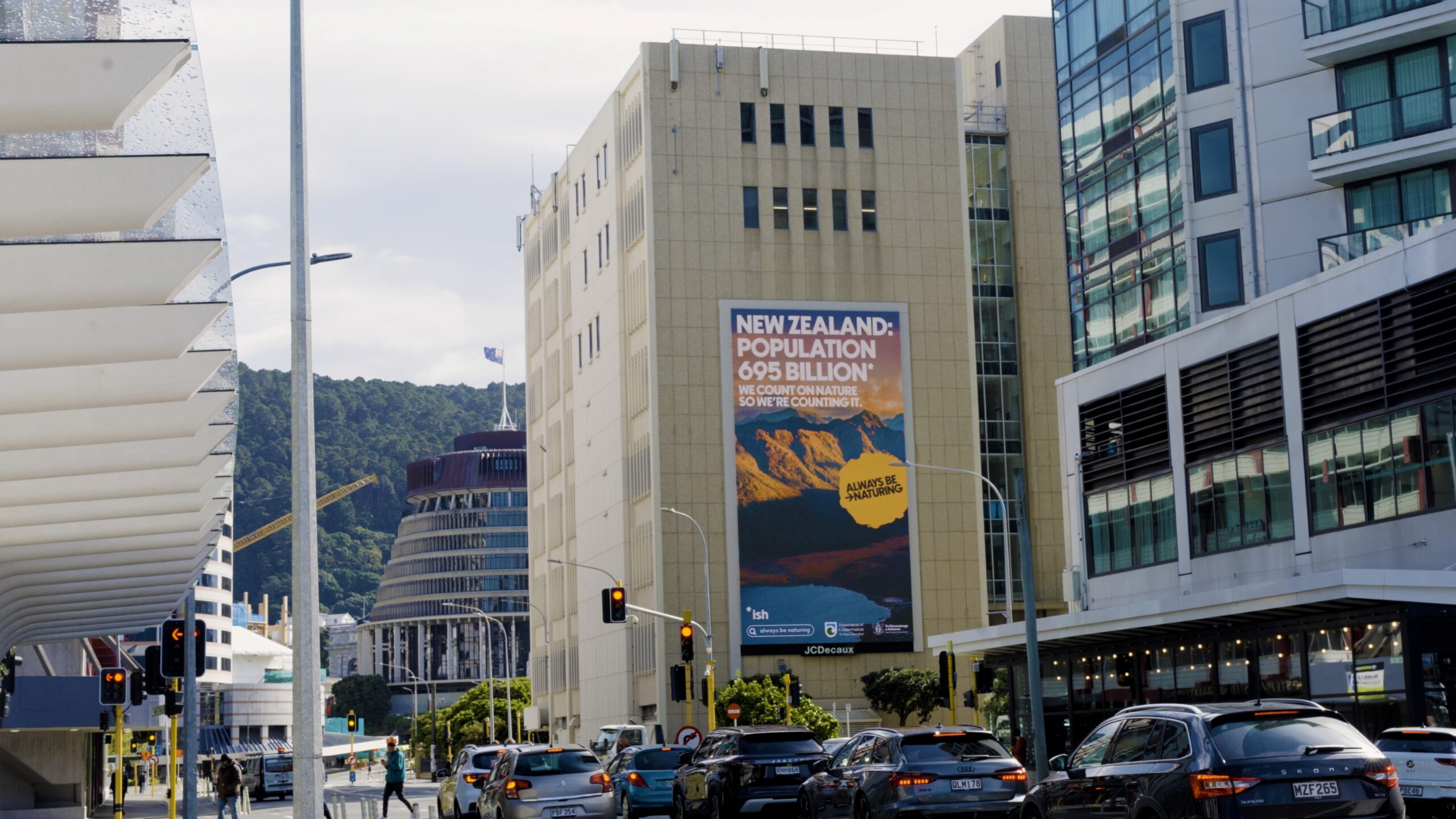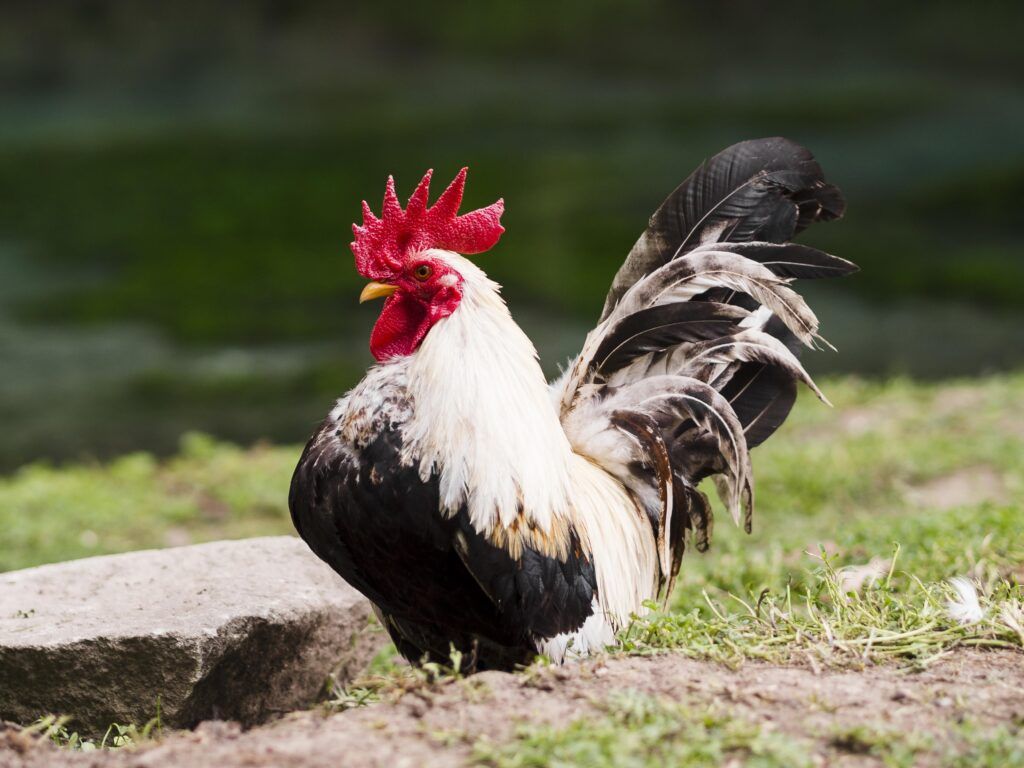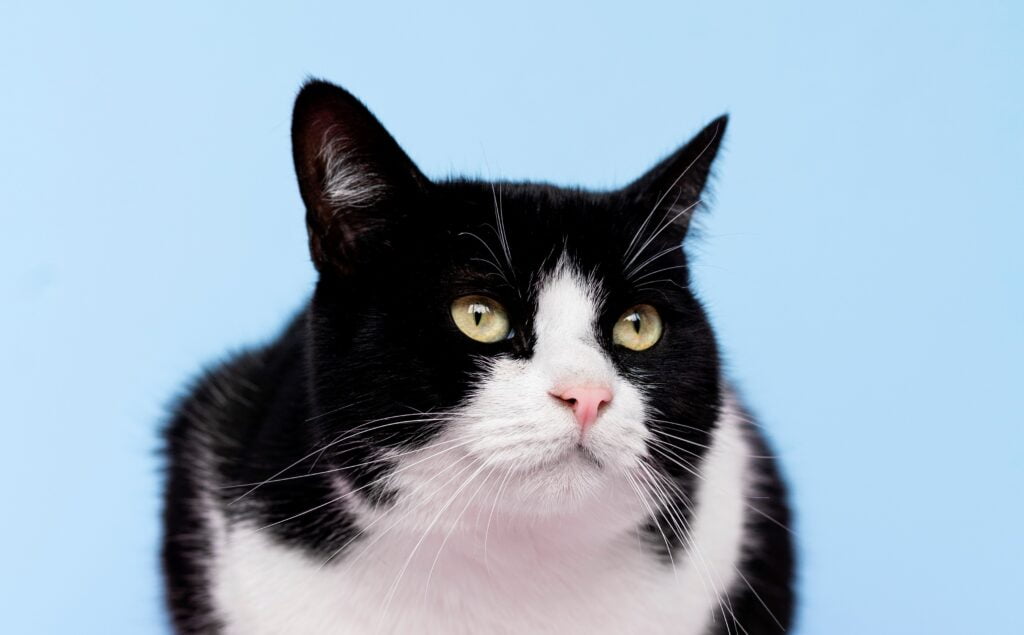In the space of one night, New Zealand’s population went from 5 million to 695 billion – kind of. Maybe. From a certain point of view.
The playful population count is part of a NZ conservation campaign and takes in ALL living things, animal and otherwise.
It is also, by their own admission, a ‘guestimate’.
New Zealand’s Always Be Naturing campaign went live in Auckland, Wellington and Christchurch at the start of the month.
(The campaign also included an open letter to the world announcing the new ‘population count’.)
NZ Department of Conservation (DoC) Director General Penny Nelson says the new population count is a “playful, back-of-the-envelope estimate” to help reframe the way people view nature.
“This is a hugely different approach for DoC,” she admits.
“We want to spark curiosity and conversations around all the amazing plants, birds, and marine life we have in this country, and what we stand to lose if we don’t look after it.”
She adds: “Nature is so important for the air we breathe, the water we drink and soil we grow our food in. Our economy relies on it. We count on nature for so many things.”
Nelson explains how they arrived at 695 billion figure – with the help of some ‘guestimates’.
“The number came from playing with data sets and having a go at estimating the population of all visible living things like birds, fish, plants, and trees. We obviously couldn’t count all the slugs and bugs,” she laughs.
SERIOUS MESSAGE FOR NEW ZEALAND
There is a serious message to the playful campaign, however.
Nelson says that new DoC-commissioned research shows that 90% of New Zealanders care about nature but 89% believe it is in ‘good shape’ which was disconnected from the reality.
“There are just 238 kakapo (a large, flightless parrot) left, fewer than 40 tara iti (NZ fairy tern) and 4000 native species that are threatened or at risk of extinction,” she says.
Nelson goes on: “63% of our ecosystems are on the brink of collapse. These are the numbers we want everyone to be aware of.”
Nelson says the research also reveals many people want to help but didn’t know how and they want more information.
“We know when we take action, it makes a tangible difference – nature is resilient and can bounce back.
“This is why we are launching the Always Be Naturing campaign: to encourage people to view nature differently, get out, get among it and take action,” she says.
By combining the efforts of government, organisations, people and communities, the DoC is hoping to change viewpoints.
“We have always needed others to help care for nature; that’s true now more than ever,” Nelson says.
“This program is about engaging New Zealand to take action, unlocking new funding streams through private sector investment and collaborations, and creating a strong culture of conservation.”
Nelson says the department also built new digital tools on its website to make it easier for people to get involved and find an option that suit them.
“You could build a bird feeder in your backyard, plant native grasses or shrubs, put a bell on your cat, donate money or join a local conservation group,” she points out.
“Every action will help. Businesses are a powerful voice and can spread the word to their staff and customers, as well as invest directly into projects that make a difference, or look at the impact their business has on nature.”
Nelson also says the campaign encourages people to get out into nature more.
“There is nothing like being there to encourage a connection and motivate action,” she says.
“Conservation is not just for the experts. It’s for everyone.”
OTHER RELATED NEWS: New Zealand seals take to the roads






